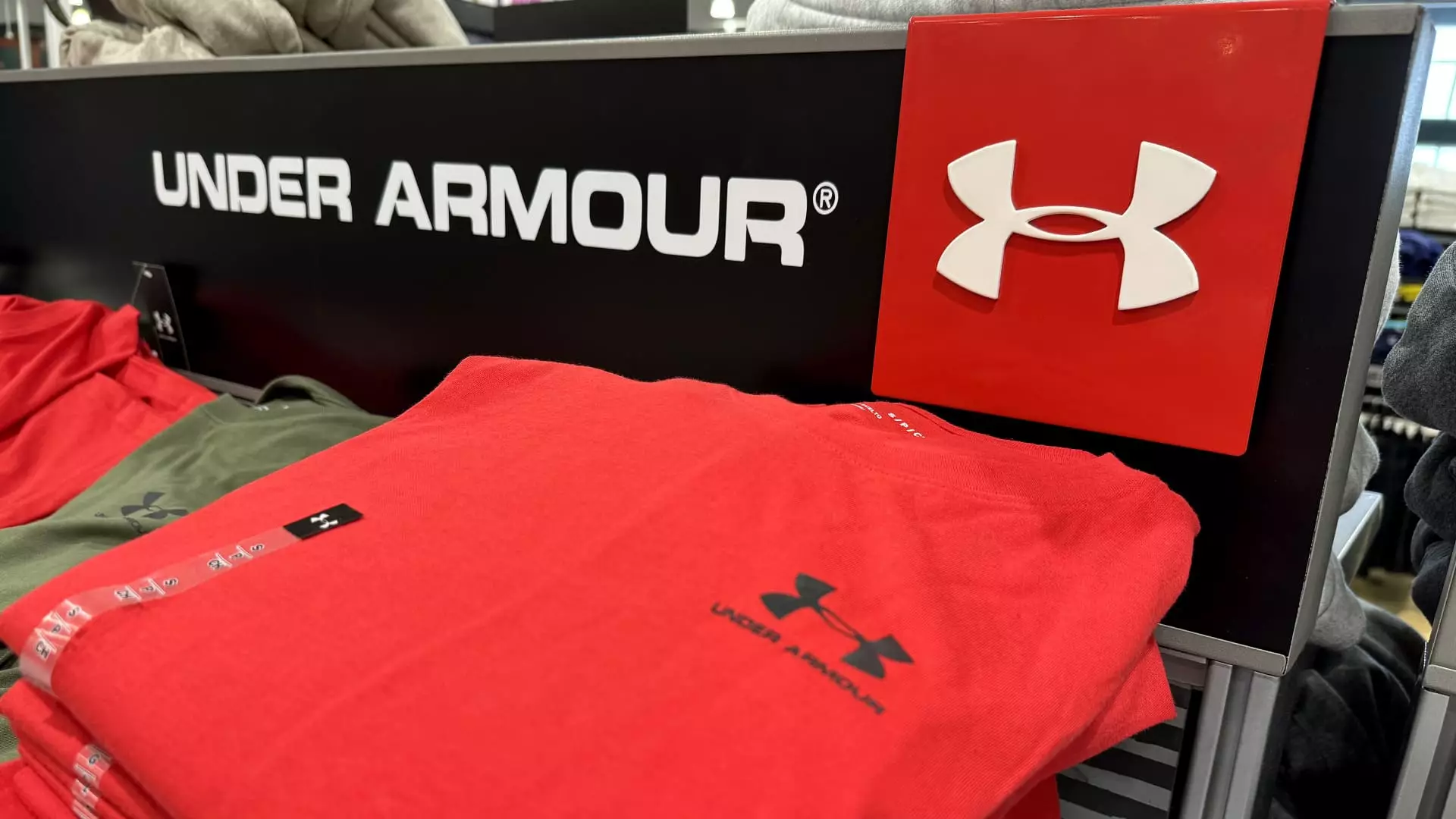Under Armour recently reported a decline in sales across its business, but the athletic apparel retailer managed to exceed expectations in its fiscal first quarter. The company’s stock saw a significant surge in early trading, opening about 17% higher than anticipated. Despite this positive movement, Under Armour still dealt with a loss of $305.4 million or 70 cents per share, a significant decrease from the previous year’s profit of $10 million or 2 cents per share. However, the company reported an adjusted profit of $4 million or 1 cent per share. Additionally, revenue fell to $1.18 billion, a 10% drop from the previous year’s $1.32 billion.
The Legal Battles
Under Armour recently agreed to settle a securities lawsuit dating back several years for $434 million, just weeks before the trial was set to begin. The lawsuit alleged that Under Armour had defrauded shareholders in an attempt to meet Wall Street’s revenue expectations. This settlement, reached about seven years after the case was initially filed, did not require Under Armour to admit any fault or wrongdoing but was settled due to the costs and risks associated with litigation.
Future Projections and Restructuring
Looking ahead, Under Armour now anticipates swinging to a loss in fiscal 2025. The company projects a loss per share between 53 cents and 56 cents and adjusted earnings per share between 19 cents and 22 cents. This marks a significant change from their previous expectations of earning 2 cents to 5 cents per share for the year. In response to these financial challenges, Under Armour has implemented a broad restructuring plan to reestablish its relevance and profitability. This plan includes laying off employees, reducing promotions and discounts, and streamlining its product assortment to enhance competitiveness.
Despite the sales decline in various segments of its business, Under Armour managed to exceed expectations in certain areas. Sales in North America, the company’s largest market, dropped by 14% to $709 million but surpassed analyst estimates. Wholesale revenue saw an 8% decrease to $681 million, while direct-to-consumer sales fell by 12% to $480 million. Interestingly, though sales at company-owned stores and online both experienced declines, the company saw an increase in gross margin to 47.5%, higher than analyst predictions of 46.1%.
In a bid to revitalize its brand and appeal to customers, Under Armour recently acquired sustainable fashion brand Unless Collective. The brand promotes itself as the world’s first all-plant, zero-plastic regenerative fashion brand. By integrating this environmentally conscious brand into its portfolio, Under Armour hopes to attract customers looking for sustainable and innovative apparel options. This move also serves to position Under Armour as a premium retailer in a crowded athletic apparel market.
While Under Armour’s first-quarter results were deemed better than expected, analysts caution that the brand’s path to growth will be a gradual process. They note that the strategy of repositioning the brand as more premium and focused on core fundamentals will take time to yield positive results. The analysts highlight risks such as maintaining a strong brand image, navigating competition in the industry, turnover in senior management, and the majority voting control held by CEO Kevin Plank. It remains to be seen how Under Armour will continue to evolve and adapt in the highly competitive athletic apparel market.
Under Armour’s journey back to success is met with both challenges and opportunities. The company’s commitment to restructuring, strategic acquisitions, and margin growth demonstrates a proactive approach to overcoming obstacles and reestablishing its position in the market. With a focus on sustainability, brand repositioning, and long-term growth, Under Armour aims to emerge stronger and more competitive in the athletic apparel industry.

